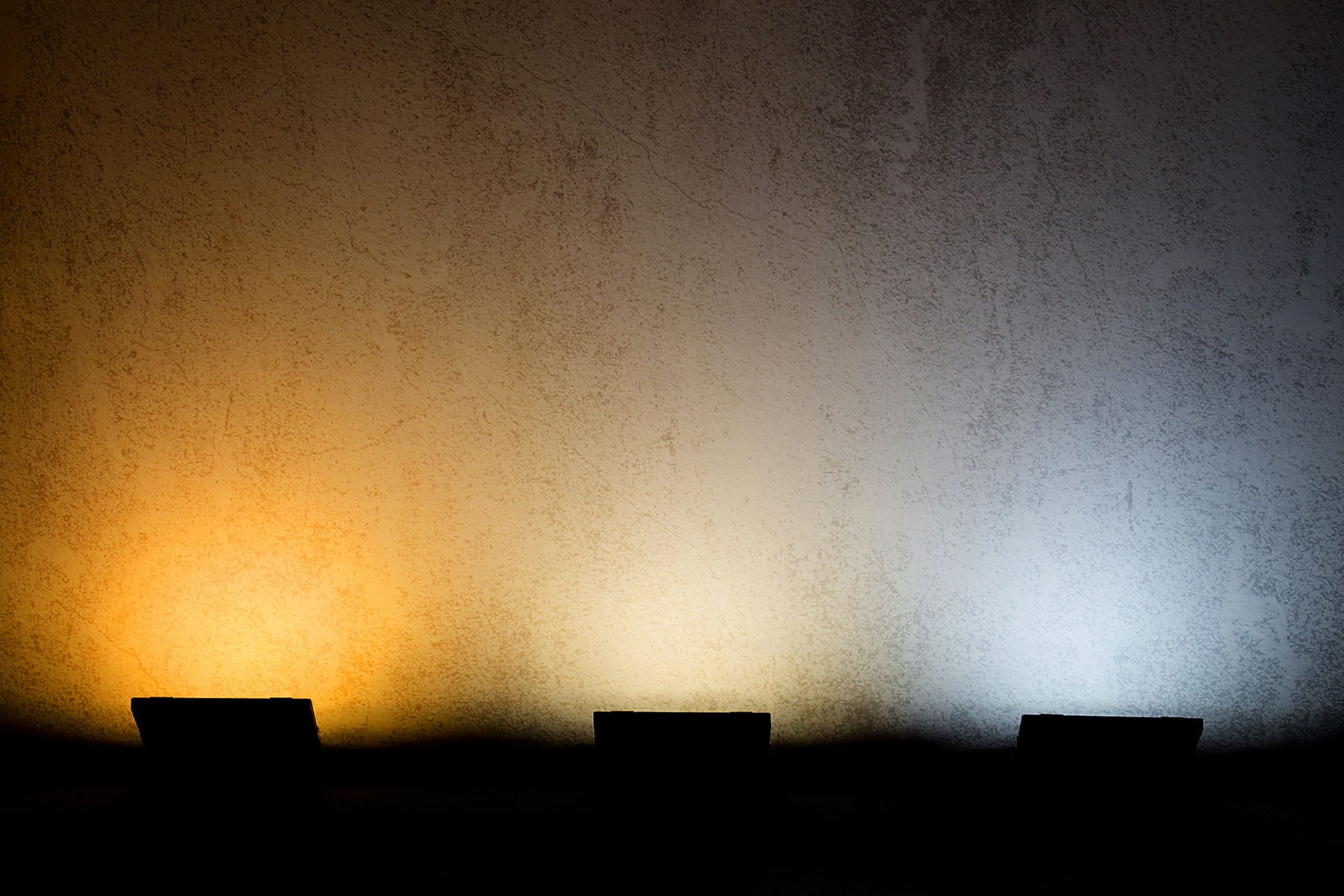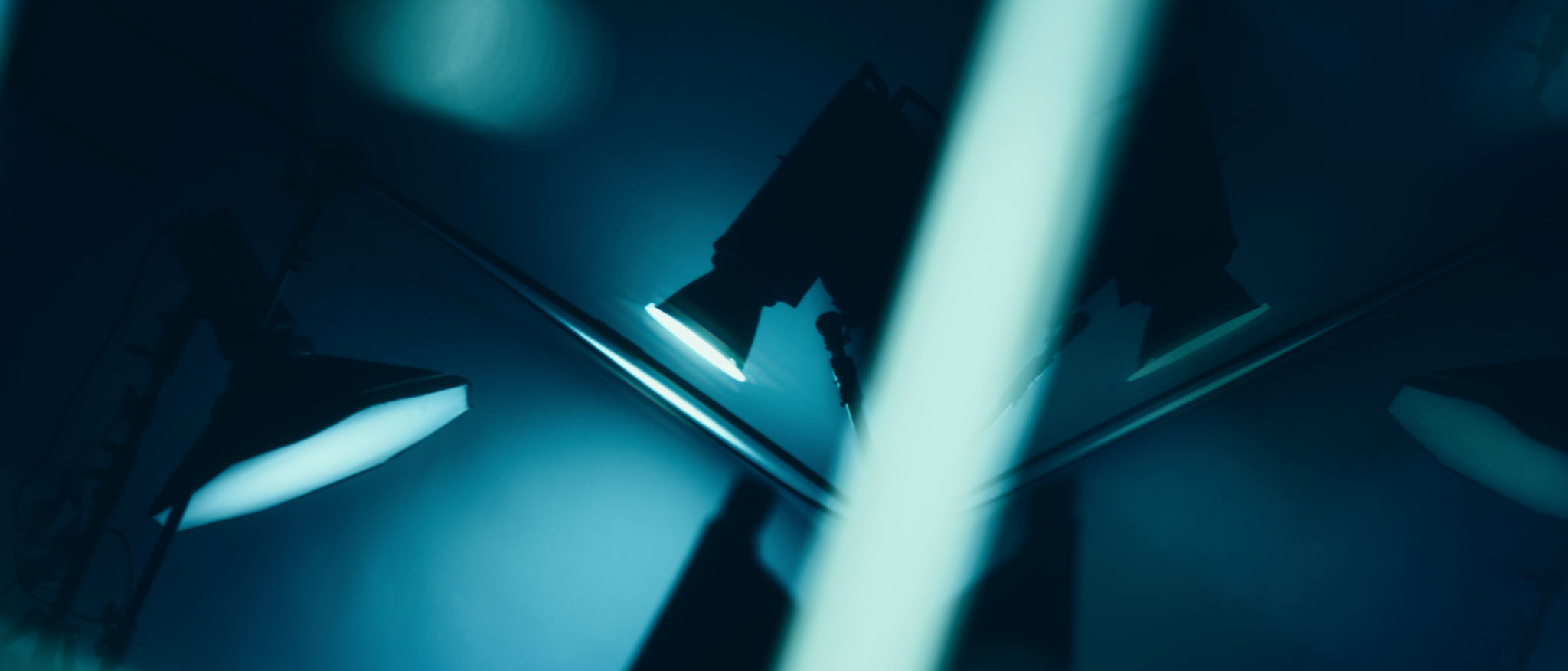Understanding the Basics of Lighting in Photography
Understanding Light in Photography
Lighting is one of the most crucial elements in photography. It can dramatically affect the mood, texture, and overall impact of a photograph. Whether you're a beginner or an experienced photographer, understanding the basics of lighting will help you capture more compelling images.

The Importance of Natural Light
Natural light is a favorite among photographers for its softness and versatility. It can vary dramatically throughout the day, offering different opportunities for capturing unique photographs. The golden hour, which occurs shortly after sunrise and before sunset, is particularly sought after for its warm and diffused light.
When using natural light, consider the direction and quality of the light source. Side lighting can create dimension and depth, while front lighting tends to flatten the subject. Experimenting with different angles can yield various effects and improve your composition.
Artificial Lighting Options
Artificial lighting provides photographers with control and consistency, making it an invaluable tool in both studio and on-location shoots. There are several types of artificial lights, including:
- Continuous Lighting: Provides a constant light source, making it easier to see how shadows and highlights fall on a subject.
- Flash Lighting: Offers a burst of intense light, ideal for freezing motion and highlighting details.
- LED Panels: Versatile and energy-efficient, suitable for both photography and videography.

Mastering the Art of Shadows
Shadows are not just an absence of light; they add depth and drama to photographs. By understanding how to manipulate shadows, you can create a sense of mystery or highlight specific areas of your image. Pay attention to shadow shapes and lengths, which can change based on the time of day or angle of artificial lights.
Experiment with backlighting to create silhouettes or use diffusers to soften harsh shadows. Reflectors can also bounce light back onto your subject, filling in shadows without losing contrast.
The Role of Color Temperature
Color temperature refers to the warmth or coolness of the light source. Measured in Kelvin (K), different light sources have distinct color temperatures. For example:
- Candlelight: Around 1,000 to 2,000 K (warm and yellowish)
- Daylight: Approximately 5,000 to 6,500 K (neutral white)
- Overcast Sky: Around 6,500 to 8,000 K (cool and bluish)
Adjusting white balance settings on your camera can help compensate for color temperature shifts, ensuring that colors appear true to life.

Utilizing Light Modifiers
Light modifiers are essential tools for altering the quality and direction of light in photography. Common modifiers include softboxes, umbrellas, and diffusers. These tools help soften harsh light, reduce shadows, and create a more flattering appearance for subjects.
Reflectors are another valuable modifier, used to redirect light onto the subject. They come in various colors such as silver for a crisp reflection or gold for a warmer tone.
Experimenting with Light
The key to mastering lighting in photography is experimentation. Try shooting during different times of the day or with various artificial light setups. Play with shadows and highlights to see how they affect your composition.
Remember that great photography often involves breaking the rules and finding your unique style. The more you understand about lighting, the more creative freedom you'll have in expressing your vision through your photographs.

